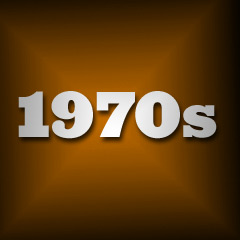
|
![]()
Greatest Films of the 1970s
1970 | 1971 | 1972 | 1973 | 1974 | 1975 | 1976 | 1977 | 1978 | 1979
Title Screen Film Genre(s), Title, Year, (Country), Length, Director, Description 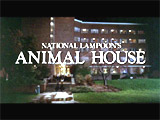


(National Lampoon's) Animal House (1978), 109 minutes, D: John Landis


The Buddy Holly Story (1978), 113 minutes, D: Steve Rash
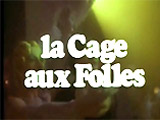

La Cage aux Folles (1978, Fr./It.) (aka Birds of a Feather), 91 minutes, D: Edouard Molinaro
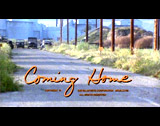


Coming Home (1978), 126 minutes, D: Hal Ashby
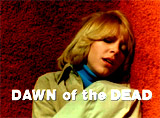

Dawn of the Dead (1978, It./US), 126 minutes, D: George A. Romero
See Dead film series.
This was the most profitable of all of Romero's zombie films and the one that was received most favorably by critics. Unexpectedly, the dead were re-animating into flesh-eating zombies, and the ravenous, shuffling zombies were on the attack. Four survivors sought refuge in a deserted suburban shopping mall from ravenous zombies - and from a gang of post-apocalyptic bikers. They included TV anchorwoman (Francine Parker (Gaylen Ross)), her traffic helicopter-pilot boyfriend (Stephen "Flyboy" Andrews (David Emge)) , and two Philadelphia SWAT cops (Roger "Trooper" DeMarco (Scott Reiniger) and Peter Washington (Ken Foree)). They flew in a helicopter from Philadelphia to Western Pennsylvania (the Pittsburgh area), where they barricaded themselves within a well-stocked mall for sanctuary. The satirical film was a indictment of seventies consumerism, as it showed the group looting the mall and living the American Dream in a barricaded storage area, distracted by their material luxuries while undead danger lurked nearby. The biting social satire equated zombies with brainwashed automaton consumers slowly shuffling their way through malls as soothing Muzak played. Why did the zombies congregate there? As one character explained, "Some kind of instinct. Memory of what they used to do. This was an important place in their lives." Remade as Dawn of the Dead (2004) by Zack Snyder (his feature film debut).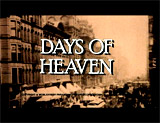

Days of Heaven (1978), 95 minutes, D: Terrence Malick
Director Terrence Malick's second feature film was an original, lyrical and gorgeously-photographed work of art, by Oscar-winning cinematographer Nestor Almendros who provided rewarding visuals to tell the film's story. It was about a complex love triangle among itinerant workers in Texas farm country in the early 20th century. The exquisite film of exceptional visual beauty was shot in the rolling plains of southern Alberta (Canada), not Texas. It has been universally acclaimed as a cinematographic masterpiece with grand pastoral vistas, endless field and sky shots and artfully composed scenes reminiscent of the Hudson River School landscape painters. Most of the film was shot during the "golden or magic hour" of sunset's lingering dusk, giving it a dreamy warmth, romanticism and soft glow, although the time constraint limited shooting to only 25 minutes each day. The tragic, turn-of-the-century tale was about a hot-headed Chicago steel worker (Richard Gere) who fled to the wheat fields of the Texas Panhandle following the accidental murder of the mill foreman, with his lover-girlfriend (Brooke Adams) and his younger 13 year-old sister (Linda Manz) (who provided the film's raw commentary). He took up itinerant work for the fall harvest with a wealthy and prosperous but terminally-ailing and lonely farmer (Sam Shepard). A crowded steam locomotive with farmhands atop them chugged through agricultural landscapes, and the anchoring farmhouse stood three stories tall as a lone fixture amidst immense, sensually-rippling fields of golden wheat. When an unusual love triangle developed, the farm-hand pretended that his girlfriend was his sister and encouraged her marriage to the farmer, hoping that they could escape from poverty. The 'heavenly,' golden-hued, contented, and idyllic days of the itinerant workers were soon shattered by revealed deceptions and a destructive locust plague and fire - the tragic consequences of greed and jealousy.


The Deer Hunter (1978), 183 minutes, D: Michael Cimino
Michael Cimino's disturbing, emotionally powerful, Best Picture-winning film about three friends who were forever changed by imprisonment during the Vietnam War. Michael Vronsky (Robert De Niro), Nick (Christopher Walken), and Steven (John Savage) were three close buddies from the steel mill town of Pittsburgh who hung out in bars and hunted deer. Steven was getting married while Michael and Nick competed over the affections of Linda (Meryl Streep). Their lives were turned upside down when they were drafted into the airborne infantry to fight in Vietnam, and were soon captured by the enemy. There, among other things, they were forced to endure a game of Russian Roulette in the P.O.W. camp. Michael and Steven managed to escape and return home, but each of their lives were forever changed by the experience. Linda's life, already strained and grim with an abusive alcoholic father, found solace with Nick's best friend Mike after his arrival home, when both grieved and struggled with the loss of his best friend and her lover.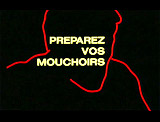
Get Out Your Handkerchiefs (1978, Fr./Belg.) (Préparez Vos Mouchoirs), 109 minutes, D: Bertrand Blier


Grease (1978), 110 minutes, D: Randal Kleiser
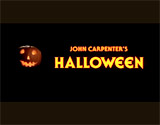

Halloween (1978), 90 minutes, D: John Carpenter
A genuinely scary, stylistic and tasteful, extremely well-crafted slasher/horror classic from young film director/writer John Carpenter, with the tagline: "The Night HE Came Home!" The efficiently-suspenseful, surprise hit film, with a jarring musical theme, grossed over $60 million - and became one of the most successful independent films ever made. This PG-rated, low-budget film (filmed in only twenty days) invented many of the "slasher" film cliches (along with its predecessors: George A. Romero's Night of the Living Dead (1968), the big-budget The Exorcist (1973), and Tobe Hooper's The Texas Chainsaw Massacre (1974)), but also paid homage to Alfred Hitchcock's Psycho (1960) in the initial murder of the film. The film told about a psychotic, criminally-insane murderer, Michael Myers, who was on a homicidal rampage after escape from an institution, and on Halloween night terrorized his hometown of Haddonfield, Illinois. It also launched the career of Jamie Lee Curtis (dubbed the "Scream Queen") in her film debut, as resourceful, teenaged baby-sitter Laurie who is terrorized in a house, and starred Donald Pleasence as the obsessed psychiatrist Dr. Sam Loomis (the name of the boyfriend character in Psycho (1960)) in pursuit. Unfortunately, the serial killer slasher film spawned many run-of-the-mill inferior sequels of its own, and other imitation films. See entire Halloween film series.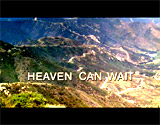
Heaven Can Wait (1978), 100 minutes, D: Warren Beatty, Buck Henry
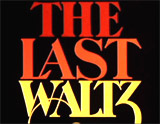

The Last Waltz (1978), 117 minutes, D: Martin Scorsese
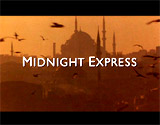


Midnight Express (1978, UK/US), 120 minutes, D: Alan Parker
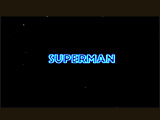


Superman The Movie (1978), 143 minutes, D: Richard Donner
See Superman film series.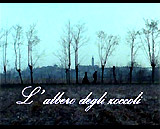
The Tree of Wooden Clogs (1978, It.) (aka L'Albero Degli Zoccoli), 186 minutes, D: Ermanno Olmi
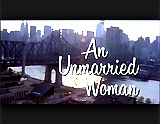


An Unmarried Woman (1978), 124 minutes, D: Paul Mazursky
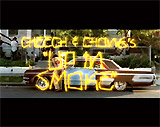
Up in Smoke (1978), 86 minutes, D: Lou Adler, Tommy Chong
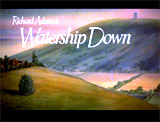


Watership Down (1978, UK), 101 minutes, D: Martin Rosen
Screenwriter-producer-director Martin Rosen brilliantly adapted Richard Adams's classic British dystopian novel - a dark allegory about seeking freedom. It was about a community of rabbits fleeing for safety and happiness after their warren came under a terrible threat of destruction. This was a hand-drawn animation effort, expressionistic and beautiful, with voice-work by the best British actors (John Hurt, Ralph Richardson, Richard Briers, and Denholm Elliott).